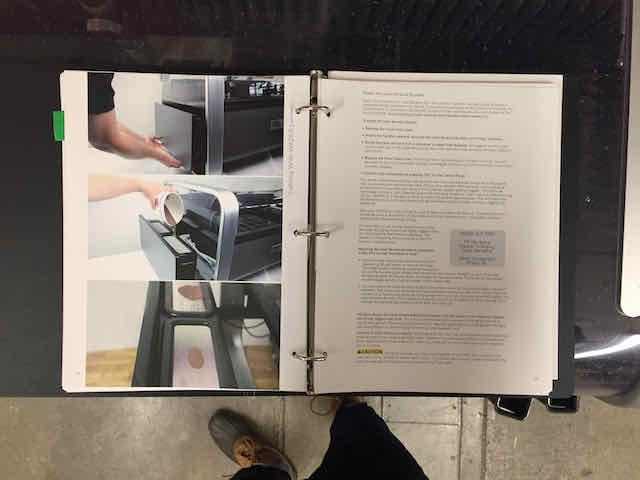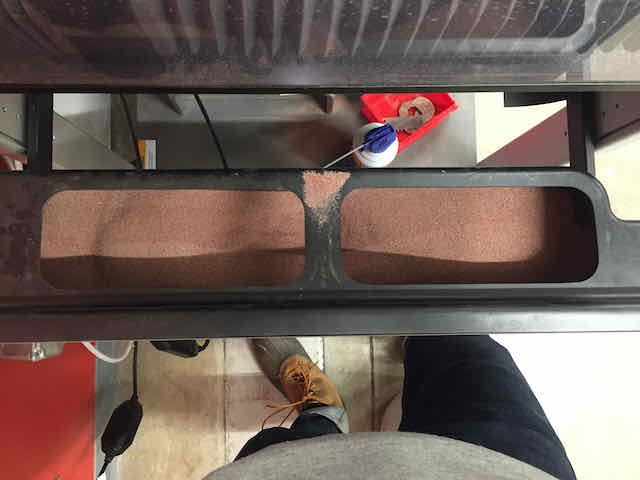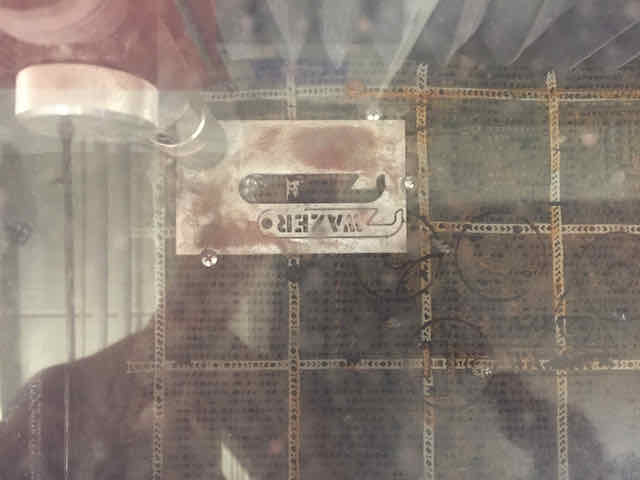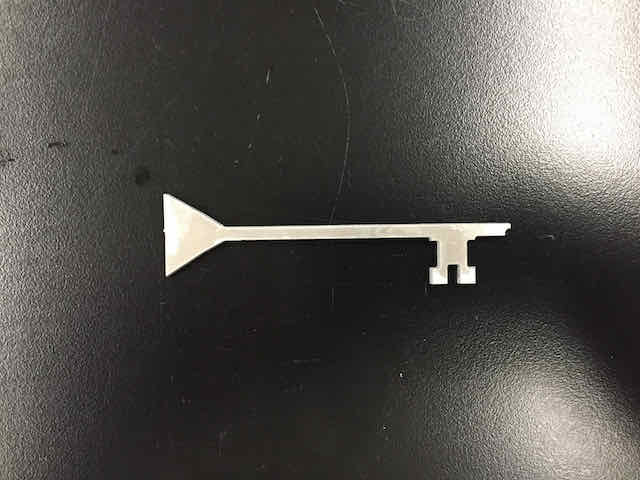Idea
Just before the end of last semester, I participated in an exciting competition at Harvard's School of Design, hosted by the GSBees club:
a competition to design a bee hotel for native pollinator bees. Note that these are NOT the typical honeybees that produce honey in large colonies. The bees
I am talking about here are usually living alone, in little cracks and corners of building walls. This does not make them less interesting at all – in fact, they are very
much important for pollination. Unfortunately, their native habitat is on the decline and so are they. As I am a bio-enthusiast, I spend a lot of days
in Harvard's laboratories, in particular at the new Science and Engineering Complex (SEC) in Allston, MA. We engineer and experiment with nature inside these laboratories
every day, and it's also right in front of the glass windows that line the walls of our labs. This motivated me to think about a bee hotel that would re-use
some of the waste equipment we use in the lab (like pipettes) and put it "back" into nature. What I want to get to is a minimalist modular observational bee hotel that uses both
natural and synthetic materials. This here is my first attempt at modeling what I am thinking about, and I hope to build the structure in a later week.
Bear with me as I try to learn how to model in Fusion 360!
Measuring and Modeling the Key
Once again, I first modeled the physical components I wanted to use in my bee hotel with their accurate dimensions, to later model the connecting
pieces around them. I started with 3 laboratory glass pipettes (5 ml, 10 ml, 25 ml) I still had at hand from our lab. I measured their diameter using a caliper and their length
using a ruler, and then modelled them accordingly in Fusion. For each pipette, I created a new sketch on the XZ plane, and created a center-point circle with the respective diameter I measured
previously. I then extruded the circle using the thin extrude feature with a wall thickness of 0.5mm in Fusion along the X axis, to create the middle part of the pipes. I also used the taper angle
feature to create a conical extrusion of the ends of the pipettes.
Setting up the Water Jet
So far, I only created a virtual representation of the glass pipettes and bamboo pipes I want my bee hotel to be composed of.
However, how are these components going to be connected to each other to form one structure? The idea I had in mind was to connect these
pieces by very simple connector pieces that work similar to antibodies or y-adapter pieces. My hope is that by connecting three adjacent pipes at a time, and
doing this throughout various points in the 3D structure of my bee hotel, I will be able to build a modular hotel that can be expanded
or built to any size and shape.
In order to model the connecting pieces to just fit my tubes and pipes, I first projected their cross-sections onto a new sketch plane. Part of the circles (circumferences)
of my pipes will become the inner part of the connector pieces, as they literally have to match and connect to the outside face of the pipe. I then offset these circles to create
a second circle around them, which defines the width (and, thereby, strength) of the connector pieces. Last, I added some arcs to connect three adjacent circles to each other,
thus giving me one final 3-pipe-connector. I modeled three different versions (to accomodate three different setups of pipes), and extruded them to give me
my final puzzle pieces. The screenshots do a much better job at explaining what I mean than my text, so, please, see below!

I started by reading myself into the documentation of the water jet

First, I filled the print bed with fresh water to the appropriate height, as indicated in the instructions

Next, I refilled the abrasive up to a level required for my cut job

Last, I loaded opened the file and checked all dimensions using a dry run / air cut
Cutting the Bathroom Keys
After I finally had my puzzle piece to hold together three pipes at a time, I created a few more with different
diameters. Note that these basically give us different puzzle pieces of different sizes and with different orientations for a
modular assembly of our final bee hotel. I hope that by producing enough different parts, this hotel can be used and extended to accomodate
many different bamboo pipes and pipettes in any kind of arrangement. Basically, a modular bee hive.

The water jet cutting in progress. I had to interrupt the job a few times and clean the nozzle

The result came out perfectly nonetheless, and I will gladly use it!





